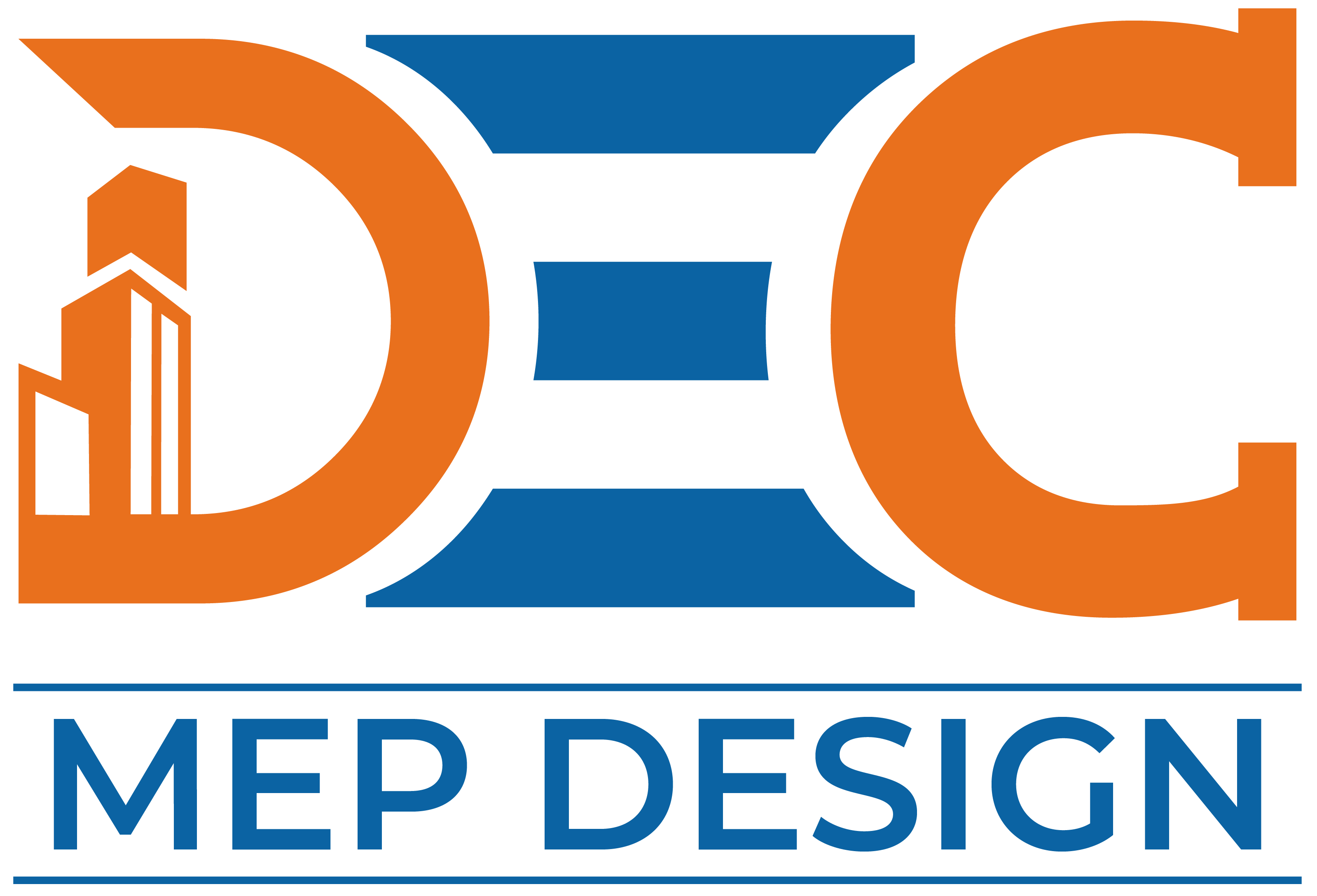Effective Use of Daylighting in Buildings: Enhancing Sustainability and Well-being
The deliting in building design is the technique of implementing natural lighting to illuminate the internal spaces, which offers a permanent and economically favorable solution to artificial lighting. With buildings that consume a significant majority of the world’s energy, it is necessary to reduce the demand for natural light adaptation energy in construction design, improving indoor environmental quality and increasing living health. This post discusses the idea of the best practices to include daylight, its advantages, shortcomings, and its role in contemporary architecture.
Why Daylighting is Important
The significance of daylight goes far beyond merely cutting down the use of artificial lighting. Natural lighting greatly affects human health, productivity, and general welfare. The daylight exposure has been proven to increase mood, control circadian rhythm, and promote productivity. Research has shown that workers who have done labor in areas with natural light have increased job satisfaction, reduced absence, and improved performance. Natural light also reduces power consumption, which means that greenhouse gas emissions and energy expenditure are reduced, an important component in the war against climate change.
The Benefits of Daylighting
- Energy Efficiency: By using natural light, buildings can reduce their dependence on electric light, which is an important contribution to energy consumption. This is most important in areas where sunlight is in plenty, and buildings can use most of the day. The use of daylight reduces the demand for electricity, resulting in less to pay in utility bills and lower carbon emissions.
- Improved Indoor Environmental Quality: Daylight enhances the visual comfort of the indoor environment, providing a changing, dynamic environment that varies during the day. Natural light improves the quality of beauty of the environment, which leads to better indoor air quality and a more pleasant and comfortable indoor environment for life. The daylight has also been found to increase learning in schools, allowing students to focus and remember better.
- Enhanced Productivity and Health: Natural light risk is associated with better concentration, mental functioning, and sleep. Contact the daylight is in contact with the internal clock of the body, which enables healthy sleep cycles. This increases employee health and productivity in the workplace. In addition, the amount of daylight reduces the risk of eye fatigue and stress, usually caused by artificial light.
- Sustainability and Reduced Environmental Impact: Permanent building design strategies, such as proper use of daylight, reduce the environmental footprint of buildings. Minimumization of artificial lighting reduces the use of energy, causing carbon emissions and other pollutants to go down. It is in line with the objectives of green building ratings such as LEED (Leadership in Energy and Environmental Design) and BREEAM (Building Research Establishment Environmental Assessment Method), which focus on energy efficiency and stability.
Challenges in Daylighting Design
While the benefits of daylighting are clear, implementing it effectively in building design can be challenging. Here are some common hurdles that architects and designers face:
- Overheating and Glare: One of the principal issues with overdaylight is overheating, particularly where there are high temperatures. Large facades of glass and expansive windows can lead to excessive heat gain, which results in increased cooling bills. Direct sunlight can also lead to glare, compromising visual comfort and productivity.
- Uneven Light Distribution: Daylight is not necessarily distributed evenly throughout a room, so there can be hot spots of brightness and deep shadows. Careful planning is necessary to provide even lighting for the whole area, particularly for spaces where visual accuracy tasks, like reading or working, are done.
- Seasonal Variation: There is variation in daylight availability throughout the year because the angle of the sun changes. This presents a challenge in regions with extended winters or cloudy conditions, where daylight is short. Daylighting design in these locations needs to pay special attention to how light will fluctuate seasonally.
Best Practices for Daylighting in Building Design
To remove these challenges and exploit the full potential of daylight, architects and designers must follow some best practices:
- Strategic Window Placement: To maximize natural light, the appropriate placement of windows is necessary. The windows should be oriented to catch sunlight without leading to dazzling or high heat benefits. For example, the placement of windows on the south side of a building provides maximum risk for natural light, while windows facing east and west may require shading equipment to prevent dazzle.
- Use of Light Shelves and Reflective Surfaces: Light shelves can be used to distribute daylight further into a room by reflecting light onto the ceiling, which in turn diffuses throughout the room. The use of reflective surfaces, like white ceilings or walls, can increase the quantity of light entering into space and minimize the amount of artificial lighting.
- Daylight Harvesting Systems: Daylight harvesting systems employ sensors to track light levels in an area and regulate artificial lighting based on the same. In the presence of sufficient natural light, the system will dim or switch off artificial lighting to provide maximum energy savings while maintaining desirable lighting levels.
- Shading and Glazing Solutions: As a means to minimize glare and solar heat gain, designers can implement shading devices such as blinds, louvers, and shades. Low-emissivity glazing and tinted glass are also potential solutions to control the amount of heat and light entering the building, leading to improved energy efficiency and comfort.
- Building Orientation: Building orientation is key to maximizing daylighting. Designers should locate the building in such a way that it receives maximum natural light penetration with minimal risks of glare and overheating.
Conclusion
Effective daylighting in buildings not only contributes to energy efficiency and sustainability but also has significant benefits for occupant health, productivity, and well-being. By carefully considering factors such as window placement, shading solutions, and the use of daylighting systems, architects can create spaces that harness the power of natural light to improve the indoor environment. While there are challenges in achieving optimal daylighting, advances in design technology and a deeper understanding of how daylight interacts with buildings offer solutions to overcome these obstacles. As the demand for sustainable buildings continues to rise, integrating daylighting into architectural designs will play a key role in shaping the future of energy-efficient, healthy, and sustainable living spaces.
While natural light transforms indoor environments, the tools you use to design those spaces matter just as much. Whether you’re aiming for precision, collaboration, or efficiency in daylighting strategies, choosing the right design software is key.
How-To: Maximize Daylighting in Your Building Design
- Start with a Daylight Analysis
Use daylight simulation software (like Radiance or ClimateStudio) to model how natural light will enter and move through your building throughout the year. This helps identify ideal window placements and potential problem areas.
- Orient the Building Smartly
Position the longest facades of the building facing north and south to maximize consistent, indirect daylight. Avoid over-reliance on east- or west-facing windows to reduce glare and overheating.
- Design with Depth in Mind
For deeper daylight penetration, keep floor plans narrow or include light wells, clerestory windows, or atriums that allow light to reach the building’s core.
- Incorporate Light-Reflective Surfaces
Use light-colored paints and finishes on walls, ceilings, and floors to help distribute natural light more effectively throughout the space.
- Install Light Shelves and Overhangs
Light shelves reflect sunlight onto ceilings, while overhangs shade lower windows. Together, they enhance daylight use while reducing heat and glare.
- Add Automated Daylight Sensors
Combine daylighting with smart lighting controls that dim or turn off electric lights when natural light is sufficient, saving energy without compromising visibility.
- Balance Daylight with Shading
Use external louvers, internal blinds, or smart glass technology to adjust for changing daylight levels and prevent excessive glare or heat gain.
Frequently Asked Questions about Daylighting in Building Design
While regular windows offer some daylight, daylighting is a strategic design approach focused on optimizing how natural light is used throughout a building for energy savings, comfort, and well-being.
Yes. Daylighting reduces the need for artificial lighting, often one of the largest energy consumers in a building. When paired with daylight sensors and energy-efficient systems, it can significantly lower electricity use and utility costs.
Use shading devices like blinds, louvers, and overhangs, as well as glare-reducing glass and well-placed light shelves to direct daylight without causing visual discomfort.
Yes. Even in overcast regions, diffuse daylight can illuminate spaces effectively. Using clerestories, skylights, and reflective interior finishes can help make the most of available daylight.
Not necessarily. Uncontrolled or poorly placed windows can lead to glare, heat gain, or loss. Effective daylighting depends on quality, placement, and control, not just quantity.
Absolutely. Numerous studies link access to natural light with improved concentration, reduced fatigue, and better overall mental health, leading to higher workplace performance.
Yes. Certifications like LEED, WELL, and BREEAM encourage and reward effective daylighting strategies that improve building sustainability and occupant health.





No comment